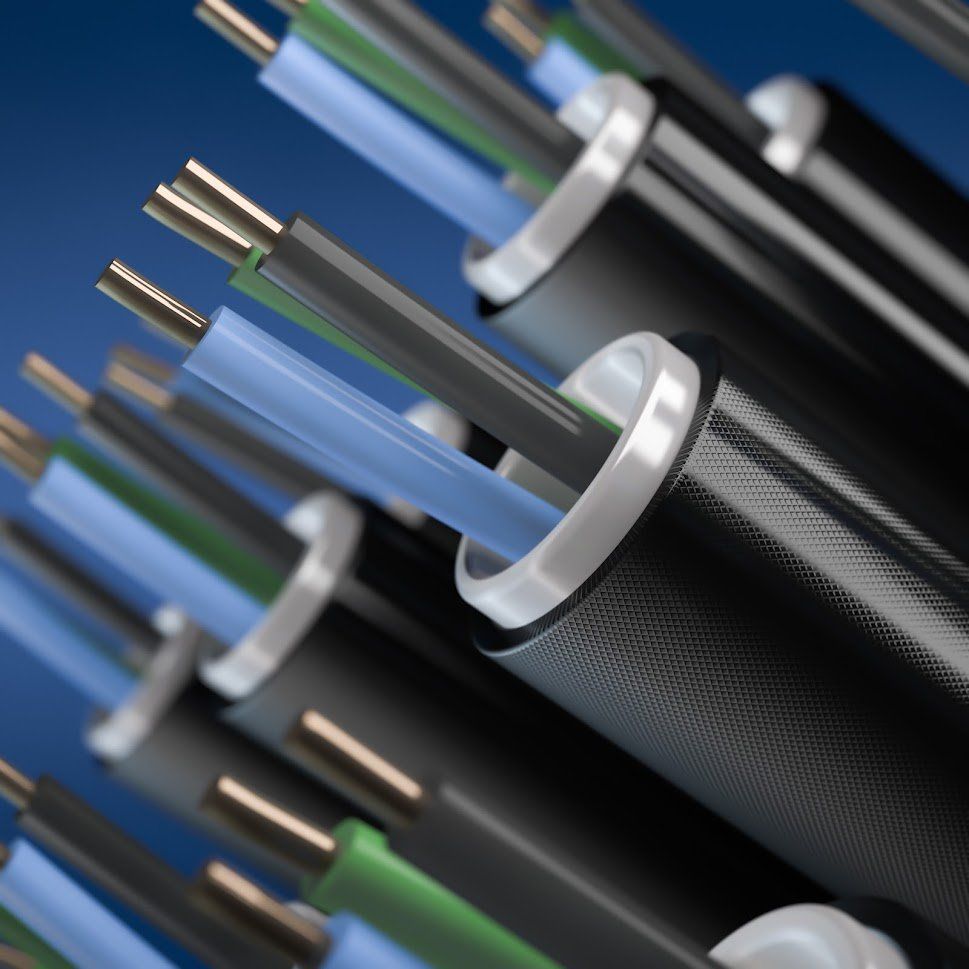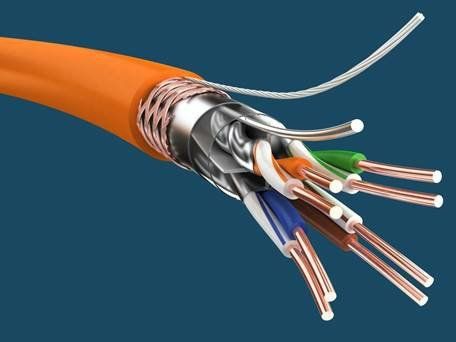- Large range of quality products
- Over 20 years of experience
- Reliable and friendly staff
Air-Blown Fibre Optics | Cable Source Pty Ltd
What Are the Advantages of Air-Blown Fibre Optics
You don't have to stick with traditional fibre optic cable networks in a new build. Instead, you can choose to switch to a different solution such as an air-blown system.
See how blown fibre optic systems work and how they benefit your business.
What is air-blown fibre optic cabling?
When you build a conventional fibre optic cabling system, you typically lay the cables you need for your current requirements. A blown system works slightly differently. Here, you plan and install a customised system based on ducting pipes. These pipes ultimately hold the fibre optic cables that underpin your network.
Once you have set up your ducting structure, you install your fibre optics in them. A specialist machine blows the cables through the ducts and into the right places and positions.
However, you don't necessarily use every part of a duct or micro duct to start with. You install essential cabling at this stage. At the end of this initial installation, you might be left with spare ducts and pipes.
What are the challenges of traditional fibre optics?
Conventional fibre optic cable network systems deal with immediate needs. You install a system based on the capacity you need to run your connectivity and data transfer requirements.
While this kind of build works well at the start, it won't necessarily work to optimum effect forever. If your company expands, then you might need to adapt your current network build. You might need to add or replace cables, or you might decide to upgrade your cables as new technologies become available.
While this is doable, it can be a complex procedure with a traditional fibre optic system. Depending on your cabling layout and location, you might need to excavate into the ground. Or, you might have to go into walls and ceilings to access your cabling.
This can be a time-consuming and expensive process. Along with access, labour and make-good costs, you might have to shut your network down while the work is being done. This downtime has a financial cost; if your business can't operate, then you can't make money.
Why install air-blown fibre optics?
If you install a blown fibre optic system, then you build some futureproofing in from the start. If you leave some ducting capacity free or install bigger ducts with more capacity, then you already have space for new cabling when you need it. You can remove current cables and replace them with new ones without needing extra space.
You don't need a lot of access or time to blow in cable with an air-blown system. This is a quick, easy and non-intrusive process. You simply use access points that are built into the original system, so these cabling changes have much lower costs than a traditional expansion job. You might not even have to close your systems down during the job; the work might be so minimal you can continue to work as usual.
Similarly, you can also usually remove old fibre optics from these systems. The blow-in or blow-out technique doesn't damage the cables at all, so you can even reuse removed cables if you wish. This reduces your costs and gives you a more environmentally-friendly solution. You won't have to dispose of old cables or buy new ones.
While an air-blown fibre optic network might be more expensive to build than a traditional system, you reap financial rewards later. The investment you make initially can significantly reduce future costs when you need to upgrade or change your cabling.
If you're interested in learning more about air-blown fibre optic cables and systems, then contact Cable Source Pty Ltd. Our experts can help you decide if an air-blown fibre optic system is the best solution for your business needs.
Head Office
A: Unit 5/5 Hudson Ave Castle Hill NSW 2154
P:
02 9680 8419
F: 02 9680 8409
HOURS
- Monday
- -
- Tuesday
- -
- Wednesday
- -
- Thursday
- -
- Friday
- -
- Saturday
- Closed
- Sunday
- Closed



